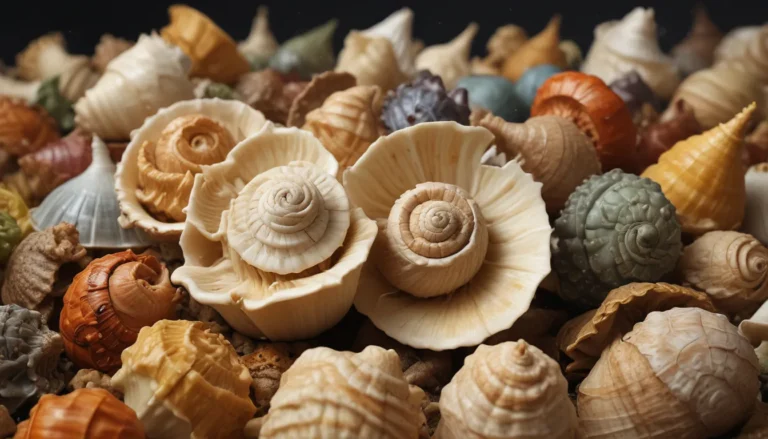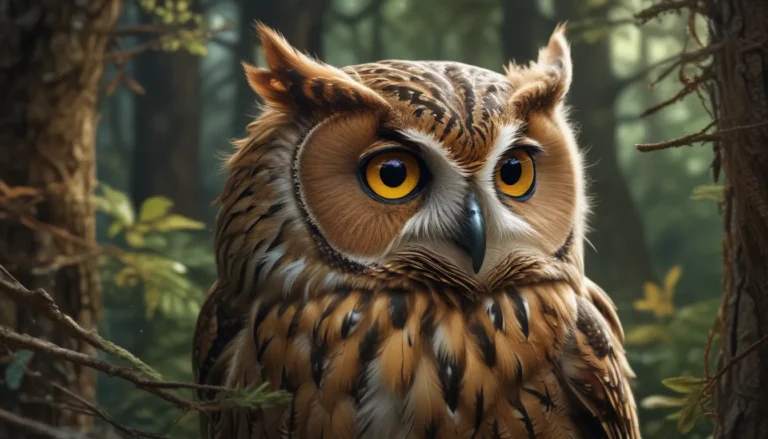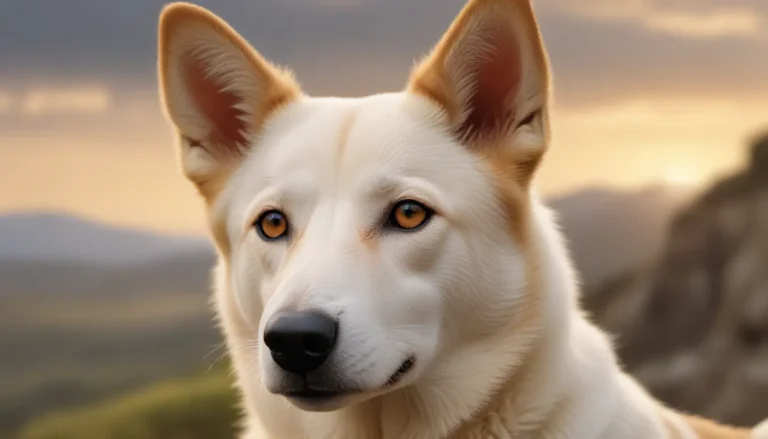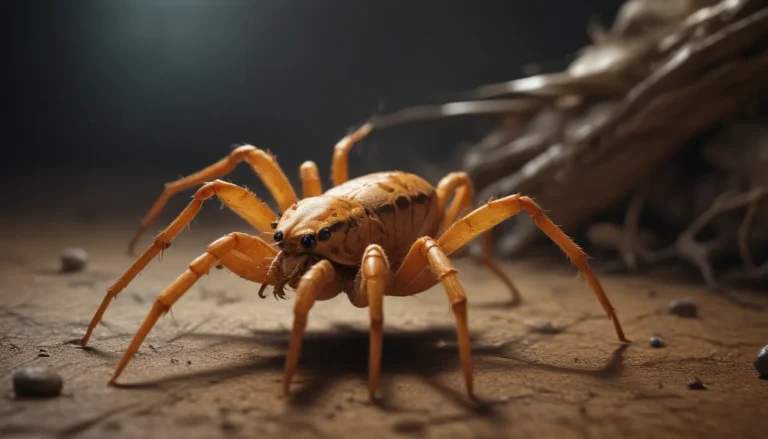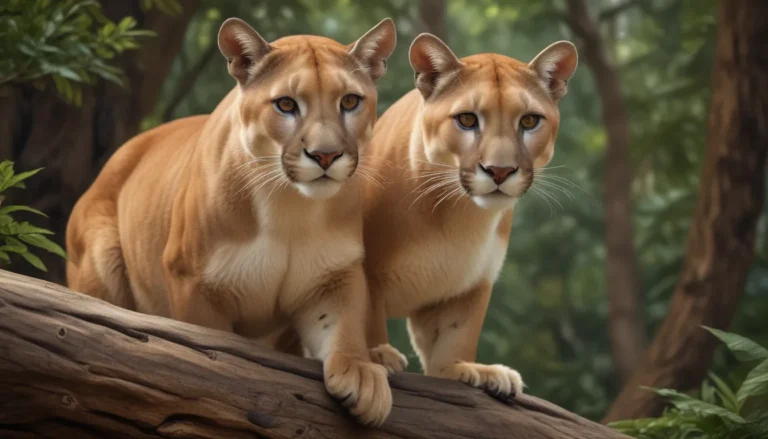The pictures we use in our articles might not show exactly what the words say. We choose these pictures to make you interested in reading more. The pictures work together with the words but don’t take their place. The words still tell you the important facts.
Have you ever heard of the Pudu, also known as the "world's smallest deer"? These pint-sized creatures from South America may be tiny in size but are mighty in their unique charm and survival abilities. Join us on a journey into the fascinating world of Pudu as we uncover 17 captivating facts that will deepen your appreciation for these remarkable animals. From their petite stature and agile movements to their endangered status and conservation efforts, there's much to learn about these adorable mammals.
The Petite Pudu: The Smallest Deer Species
Size matters in the world of Pudu, where these diminutive creatures stand at an average height of just 13 to 17 inches and weigh between 22 to 33 pounds, making them the smallest deer species on the planet. Despite their tiny stature, Pudu are expert jumpers, swimmers, and camouflagers, showcasing their exceptional abilities in the animal kingdom.
Discovering the Two Species of Pudu
There are two recognized species of Pudu: the Northern Pudu, found in the cloud forests of Colombia and Ecuador, and the Southern Pudu, native to Chile and Argentina. Each species has its unique characteristics and adaptations to thrive in their distinct habitats, highlighting the diverse nature of these enchanting creatures.
Unveiling the World of Pudu: Unique Characteristics and Behaviors
- Pudu are skilled jumpers, capable of clearing obstacles up to six feet in height with their powerful hind legs.
- These petite deer are primarily nocturnal, utilizing the cover of darkness to avoid predators and forage for food.
- Pudu communicate through unique vocalizations, producing high-pitched whistles and barks for territorial marking and mating rituals.
- Despite their small size, Pudu are proficient swimmers, using their compact bodies and strong legs to navigate through water bodies when needed.
The Adorable Appearance of Pudu: Features and Behaviors
One of the most striking features of Pudu is their large eyes and ears, enabling them to detect sounds and movements in their forest environments. Their brown fur and spotted markings provide excellent camouflage, allowing them to blend seamlessly into their surroundings and evade predators. Pudu feed on a variety of vegetation, including leaves, fruits, flowers, and bark, showcasing their versatile diet and resourceful foraging habits.
Understanding the Life Cycle and Behavior of Pudu
Pudu are solitary animals, preferring to live and forage alone in their forest habitats. However, during the mating season, males may actively seek out females for brief courtship encounters. With a lifespan of 8 to 10 years in the wild, Pudu face threats from habitat loss, poaching, and predation by domestic animals, leading to their endangered status and the need for conservation efforts to protect their dwindling populations.
Conservation of Pudu: Symbol of Preservation and Protection
Pudu serve as an iconic symbol of conservation, highlighting the importance of preserving their habitats and safeguarding their future. By raising awareness and supporting conservation efforts, we can contribute to the long-term survival of these remarkable creatures and the biodiversity of our planet. With their unique reversible coat, agile movements, and territorial behaviors, Pudu captivate our imagination and remind us of the intricate balance of nature.
In conclusion, the world of Pudu is a captivating realm filled with remarkable adaptations and behaviors that inspire awe and admiration. By learning about these fascinating creatures and their critical conservation needs, we can strengthen our commitment to protecting vulnerable species and preserving their natural habitats for generations to come. Join us in celebrating the enchanting world of Pudu and embracing our role in ensuring the survival of these adorable animals.
FAQs
-
What is a Pudu?
A Pudu is a small deer species native to South America, known for its diminutive size and unique charm. -
How big do Pudus get?
Pudus are one of the smallest deer species in the world, standing at around 12 to 17 inches tall at the shoulder. -
What do Pudus eat?
Pudus are herbivores and feed on a variety of vegetation, including leaves, fruits, flowers, and bark. -
Are Pudus endangered?
Yes, Pudus are classified as endangered due to habitat loss, poaching, and predation by domestic animals. -
How do Pudus protect themselves from predators?
Pudus rely on their excellent hiding skills, camouflage, and agility to evade predators and stay safe in their forest environments. -
Can Pudus swim?
Yes, Pudus are capable swimmers and can navigate through water bodies like streams and swamps. -
Do Pudus live in groups?
Pudus are generally solitary animals, except during the mating season when males search for females and engage in courtship encounters. -
How long do Pudus live?
In the wild, Pudus have an average lifespan of 8 to 10 years, while in captivity, they can live longer with proper care and nutrition. -
Are Pudus active during the day or night?
Pudus are primarily crepuscular, meaning they are most active during the twilight hours of dawn and dusk. -
Can Pudus be kept as pets?
No, Pudus are wild animals and are not suitable to be kept as pets. They require specialized care, and their conservation status prohibits their captivity without the necessary permits and facilities.
Dive into the enchanting world of Pudu and uncover the remarkable facts and behaviors of the world's smallest deer species. From their petite stature and agile movements to their endangered status and conservation needs, Pudu captivate our hearts and inspire us to protect and preserve their habitats. Join us in celebrating these adorable creatures and embracing our role in ensuring their survival for future generations.

